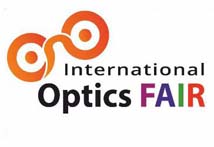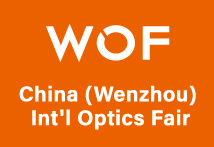International Day of Persons with Disabilities: Empowering Individuals with Visual Impairments
_(4)1.jpg)
December 3rd marks the International Day of Persons with Disabilities, a day dedicated to promoting the rights and well-being of persons with disabilities worldwide. This year, we shine a spotlight on individuals with visual impairments, highlighting the challenges they face and the importance of accessible vision care.
The Prevalence of Visual Impairments
Globally, over 285 million people live with visual impairments, with 43% of these cases being preventable. Visual impairments can significantly impact daily life, affecting education, employment, and overall well-being. According to the World Health Organization (WHO), visual impairments are more prevalent among older adults, with 65% of visually impaired individuals being over the age of 50.
Barriers to Accessible Vision Care
Individuals with visual impairments often face significant barriers in accessing quality vision care. These include:
1. Lack of Accessible Eye Care Services: Many eye care services are not accessible to individuals with visual impairments, particularly in rural or underserved areas.
2. Limited Availability of Assistive Technologies: Assistive technologies, such as screen readers and braille displays, are essential for individuals with visual impairments. However, these technologies are often expensive and inaccessible to many.
3. Social Stigma and Discrimination: Individuals with visual impairments often face social stigma and discrimination, which can prevent them from accessing education, employment, and healthcare opportunities.
Empowering Individuals with Visual Impairments
To empower individuals with visual impairments, we must work together to:
1. Increase Access to Accessible Eye Care Services: Governments, healthcare providers, and organizations must work together to increase access to accessible eye care services, particularly in rural or underserved areas.
 |
2. Promote the Development and Use of Assistive Technologies: Governments, organizations, and technology companies must work together to promote the development and use of assistive technologies, making them more accessible and affordable.
3. Raise Awareness and Challenge Social Stigma: We must raise awareness about visual impairments and challenge social stigma and discrimination. This can be achieved through education, advocacy, and community engagement.

Innovative Solutions for Accessible Vision Care
Technology plays a vital role in improving accessible vision care. Some innovative solutions include:
1. Artificial Intelligence-Powered Eye Exams: Artificial intelligence (AI) can be used to power eye exams, making them more efficient and accurate.
 |
2. 3D-Printed Assistive Devices: 3D printing can be used to create customized assistive devices, such as prosthetic limbs and assistive grips.
3. Virtual Reality-Based Vision Therapy: Virtual reality (VR) can be used to create immersive vision therapy experiences, helping individuals with visual impairments to improve their vision and daily functioning.
Conclusion
As we celebrate International Day of Persons with Disabilities, let us renew our commitment to empowering individuals with visual impairments. By promoting accessible vision care, challenging social stigma, and supporting innovative solutions, we can create a more inclusive and equitable world for all.
References:
1. World Health Organization. (2019). Blindness and vision impairment.
2. International Agency for the Prevention of Blindness. (2019). Vision Atlas.
3. National Federation of the Blind. (2020). Blindness and Low Vision.

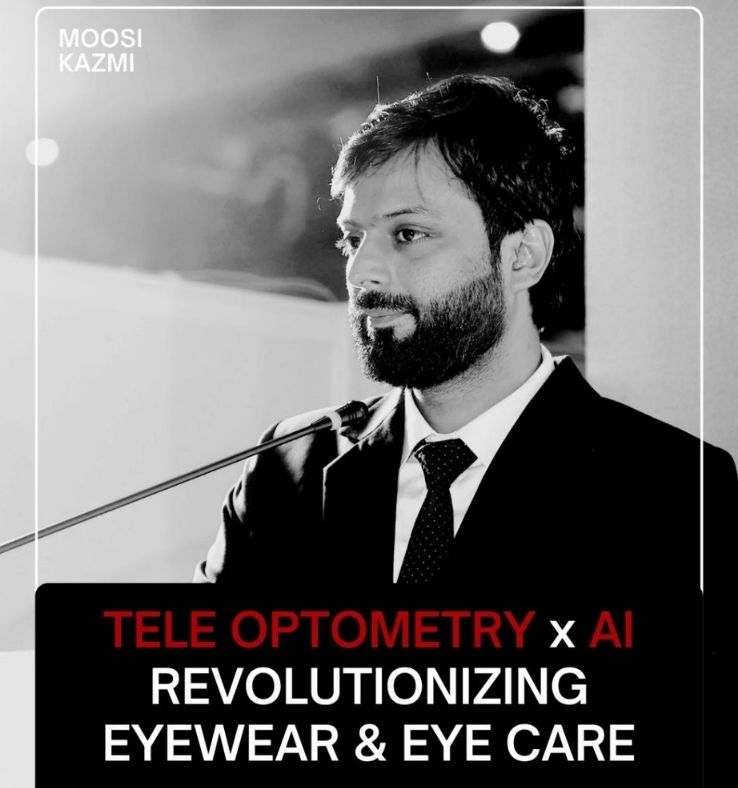
.jpg)
.jpg)
.jpg)
.jpg)
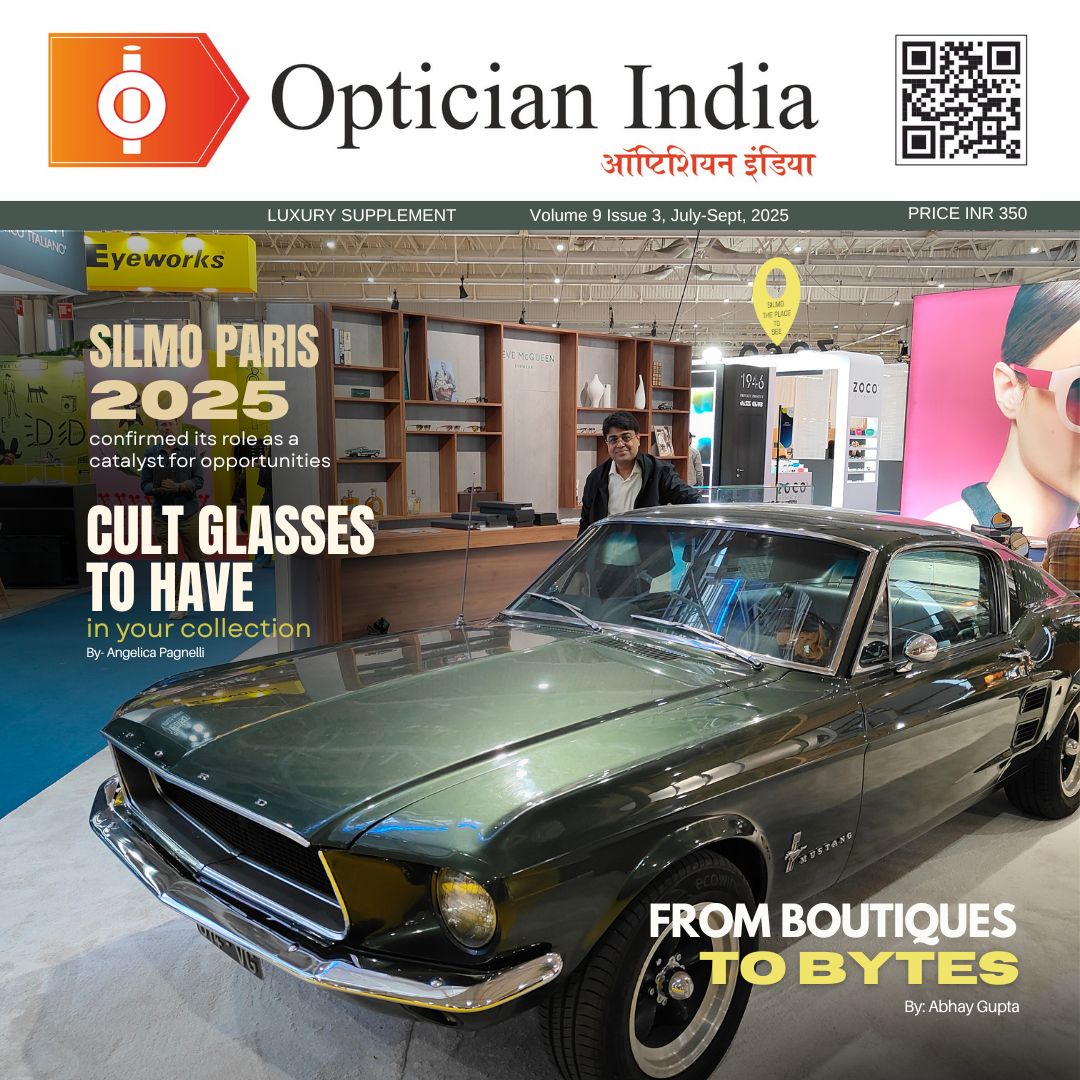

1.jpg)
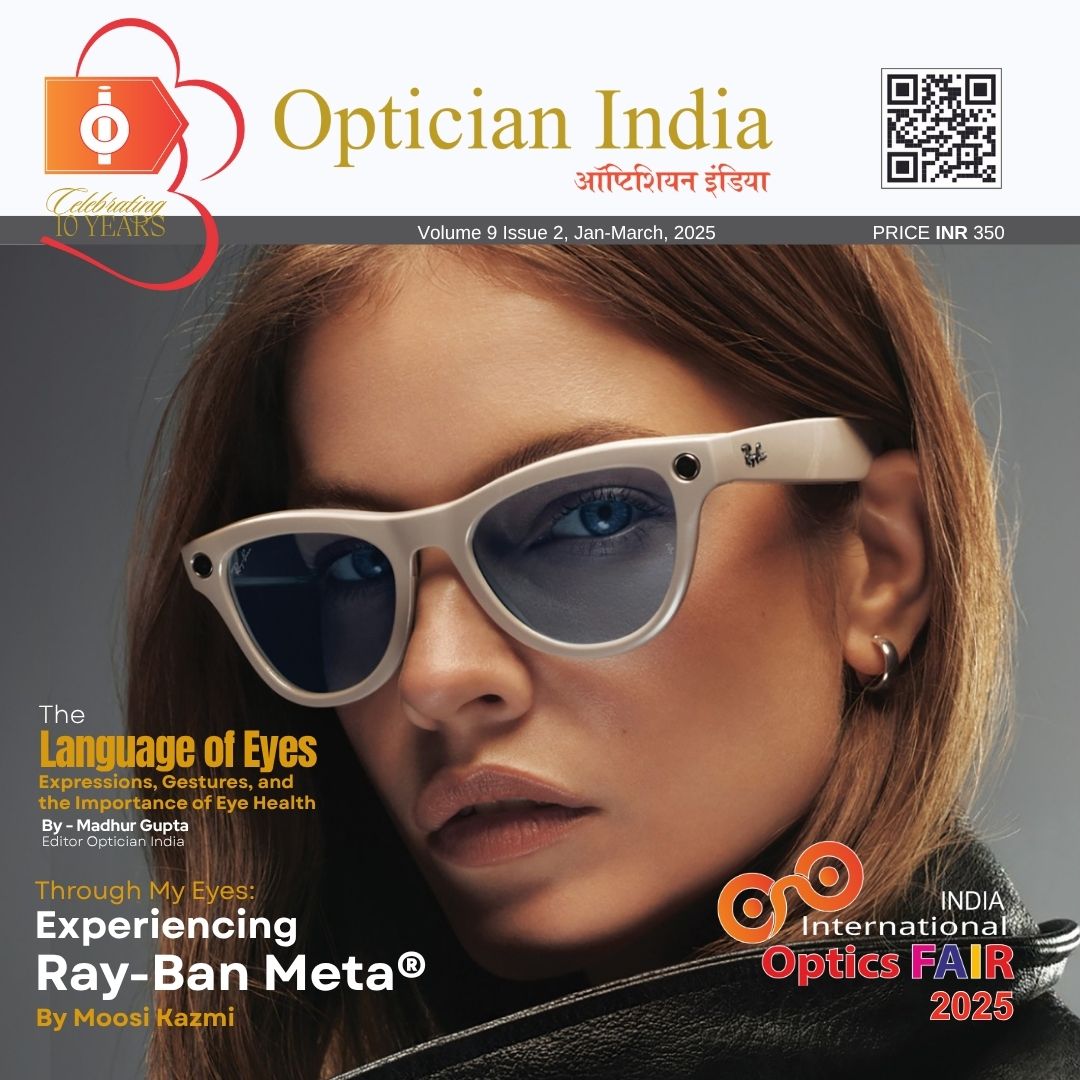


.jpg)
.jpg)

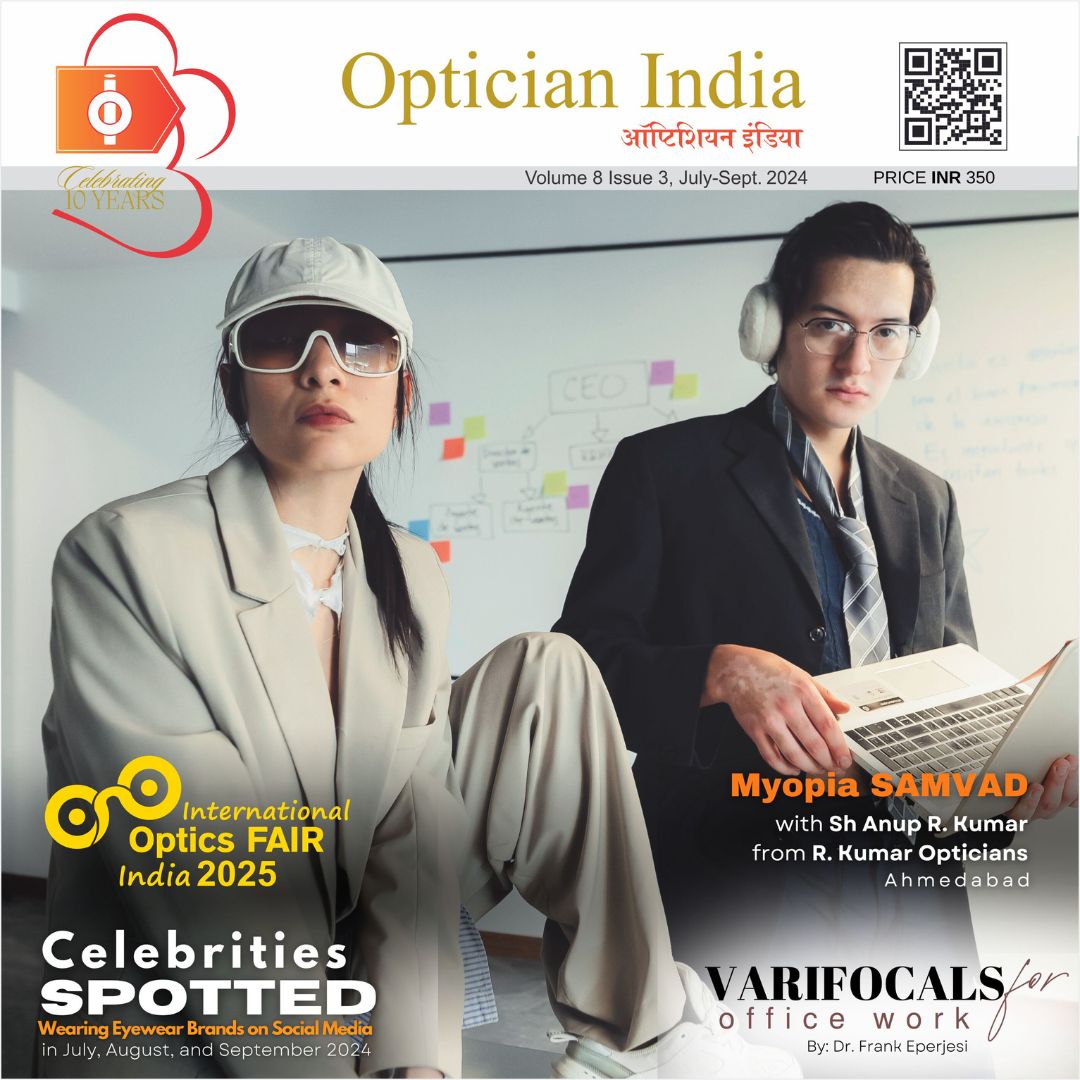

_(Instagram_Post).jpg)
.jpg)
_(1080_x_1080_px).jpg)
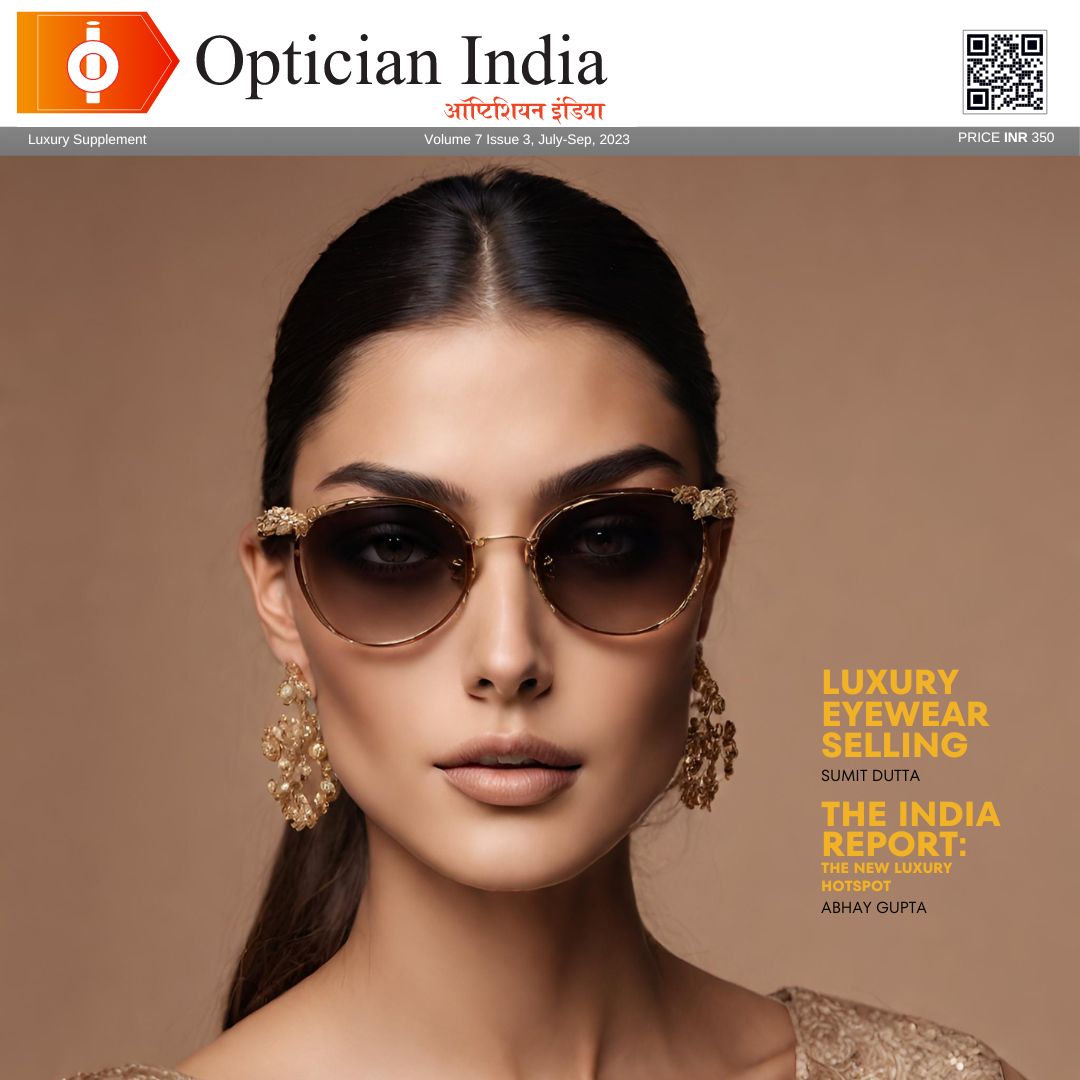

with_UP_Cabinet_Minister_Sh_Nand_Gopal_Gupta_at_OpticsFair_demonstrating_Refraction.jpg)
with_UP_Cabinet_Minister_Sh_Nand_Gopal_Gupta_at_OpticsFair_demonstrating_Refraction_(1).jpg)

.jpg)
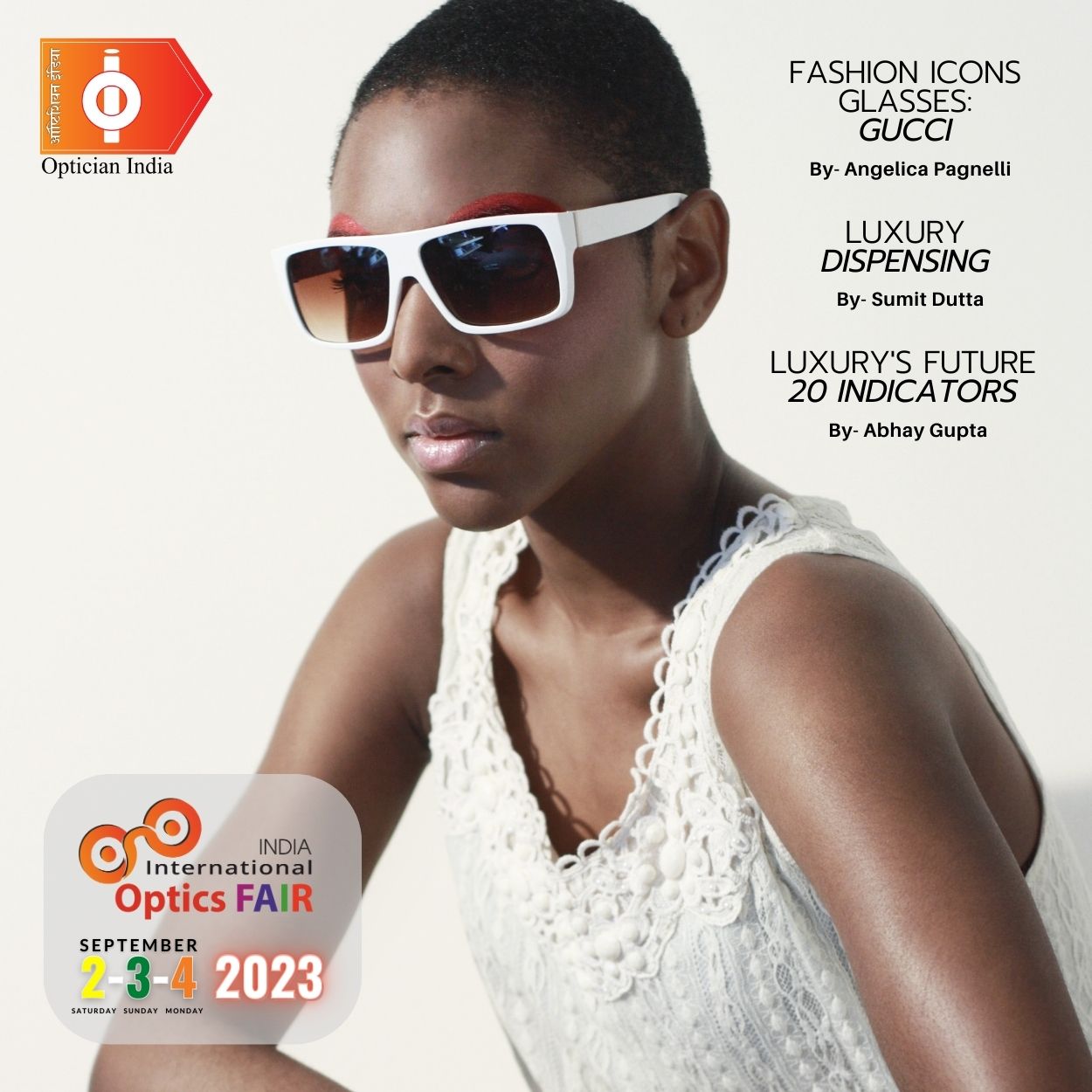


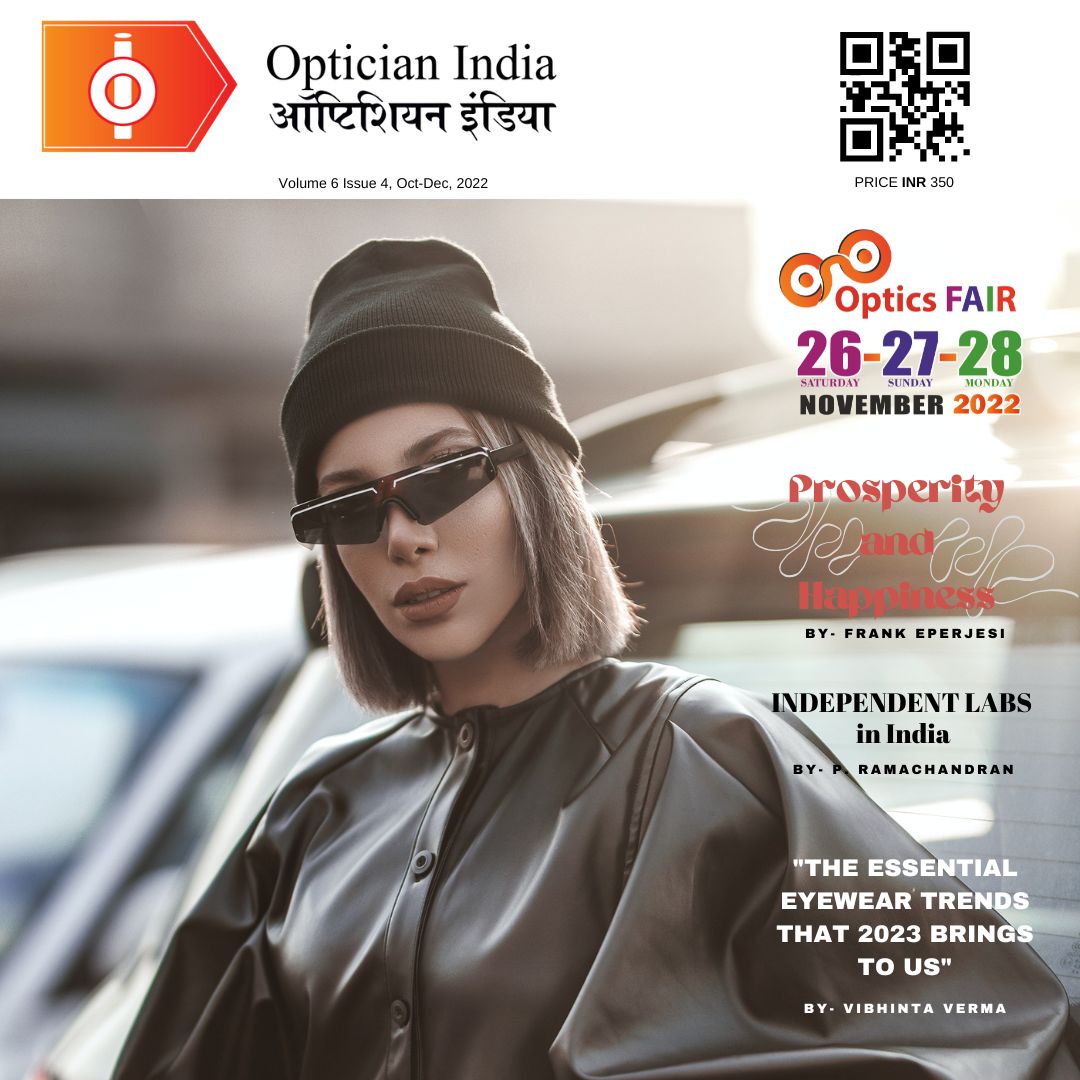

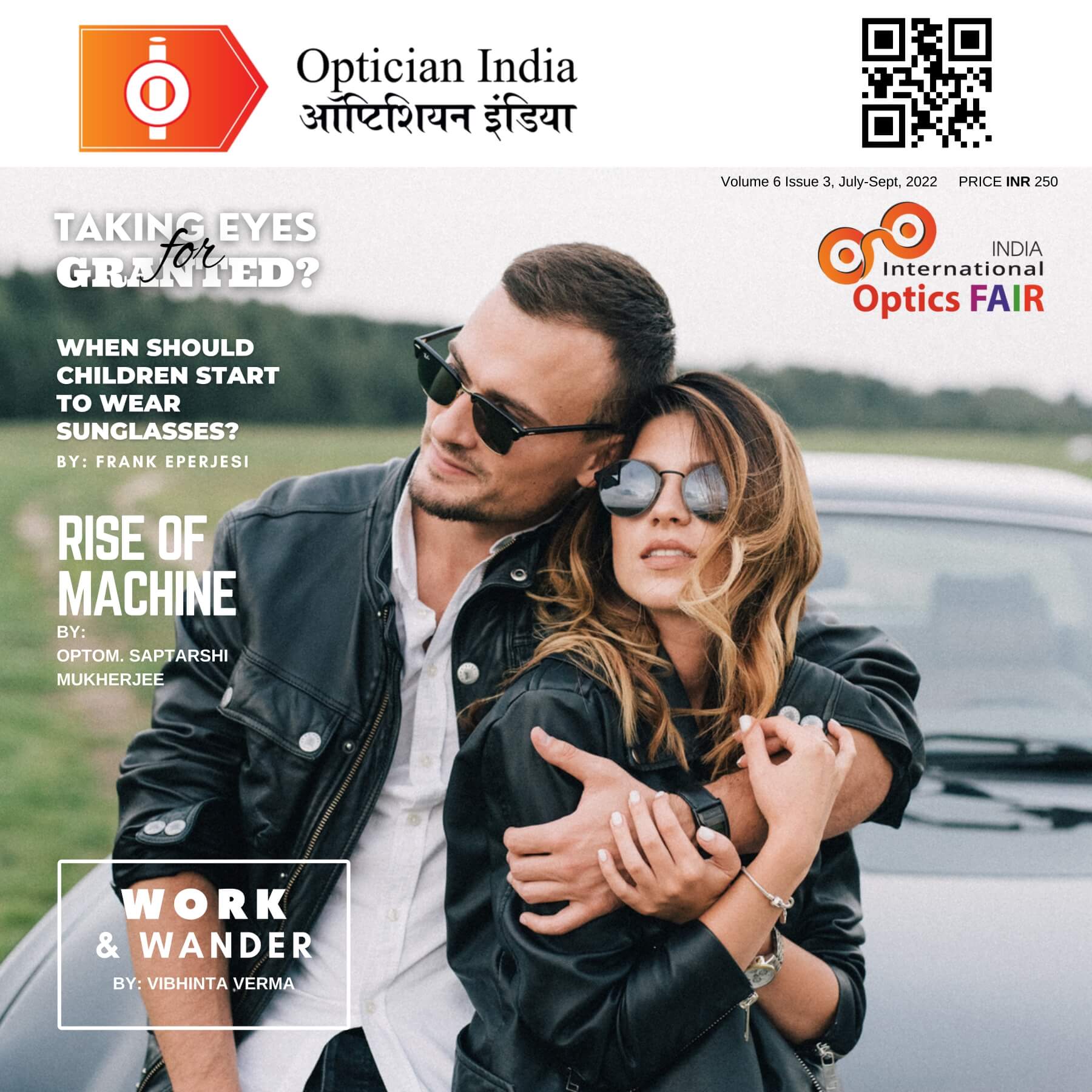
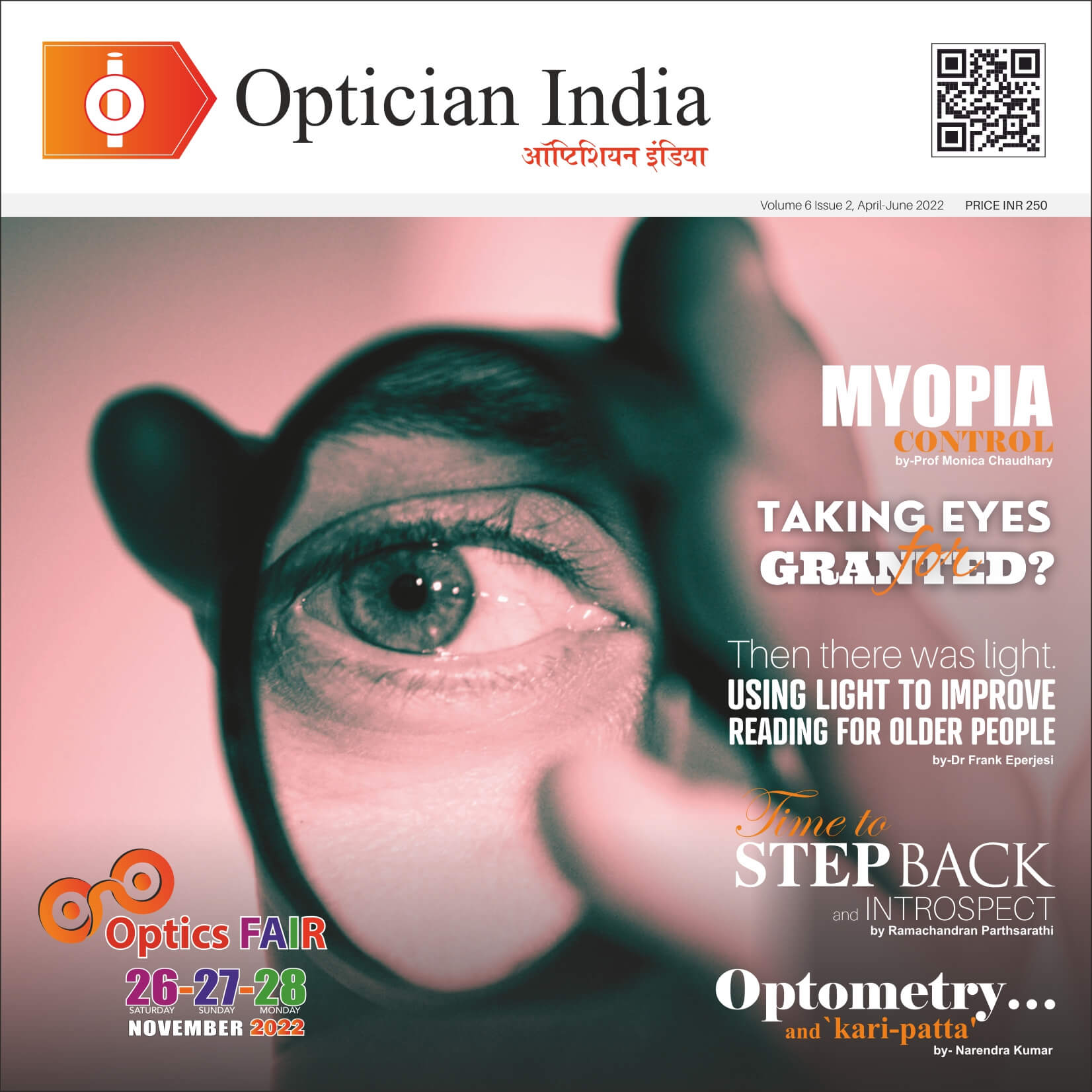
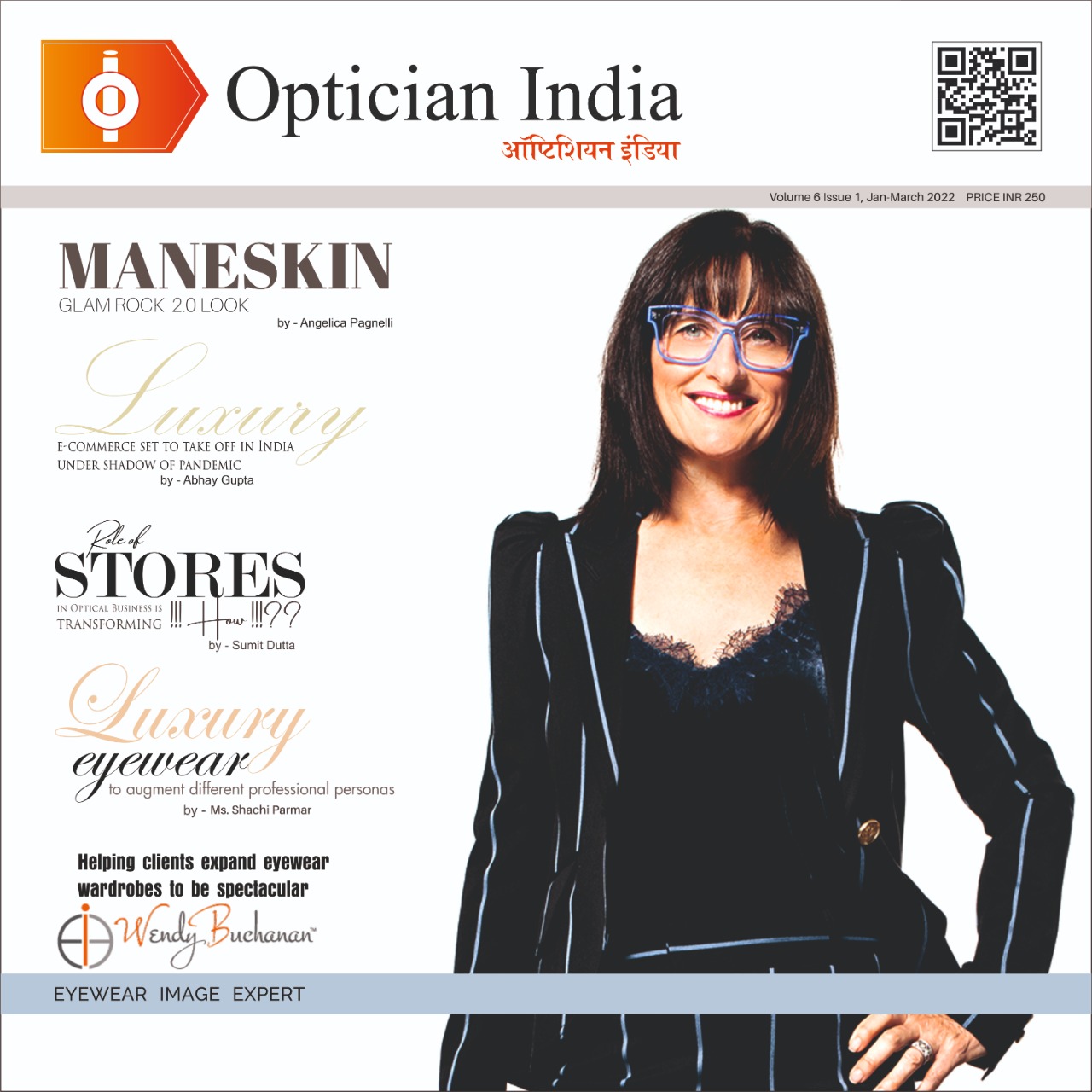
.jpg)
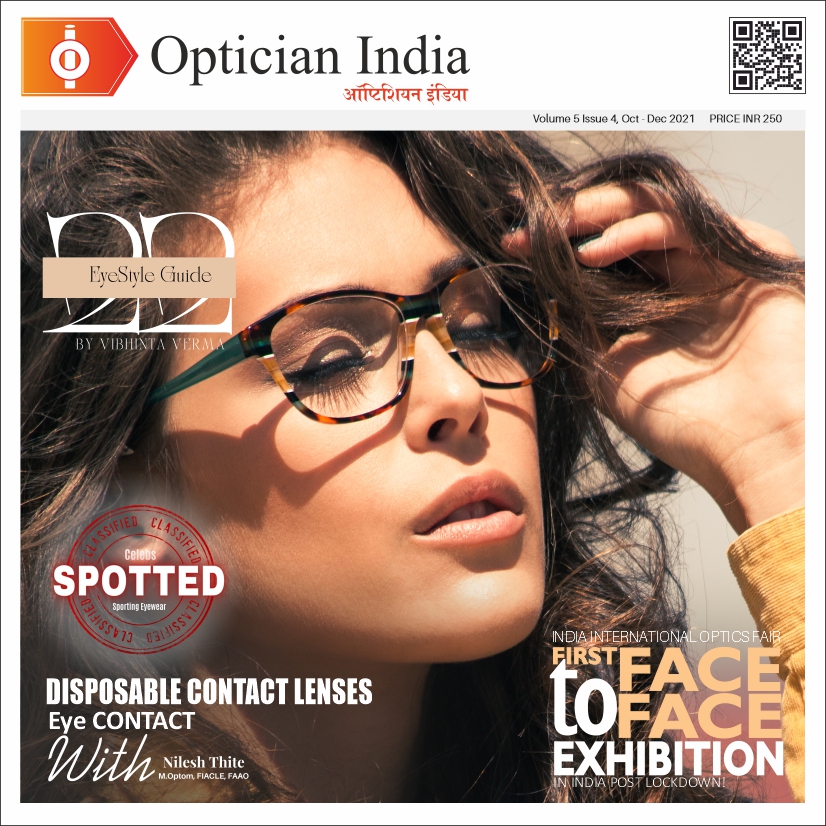
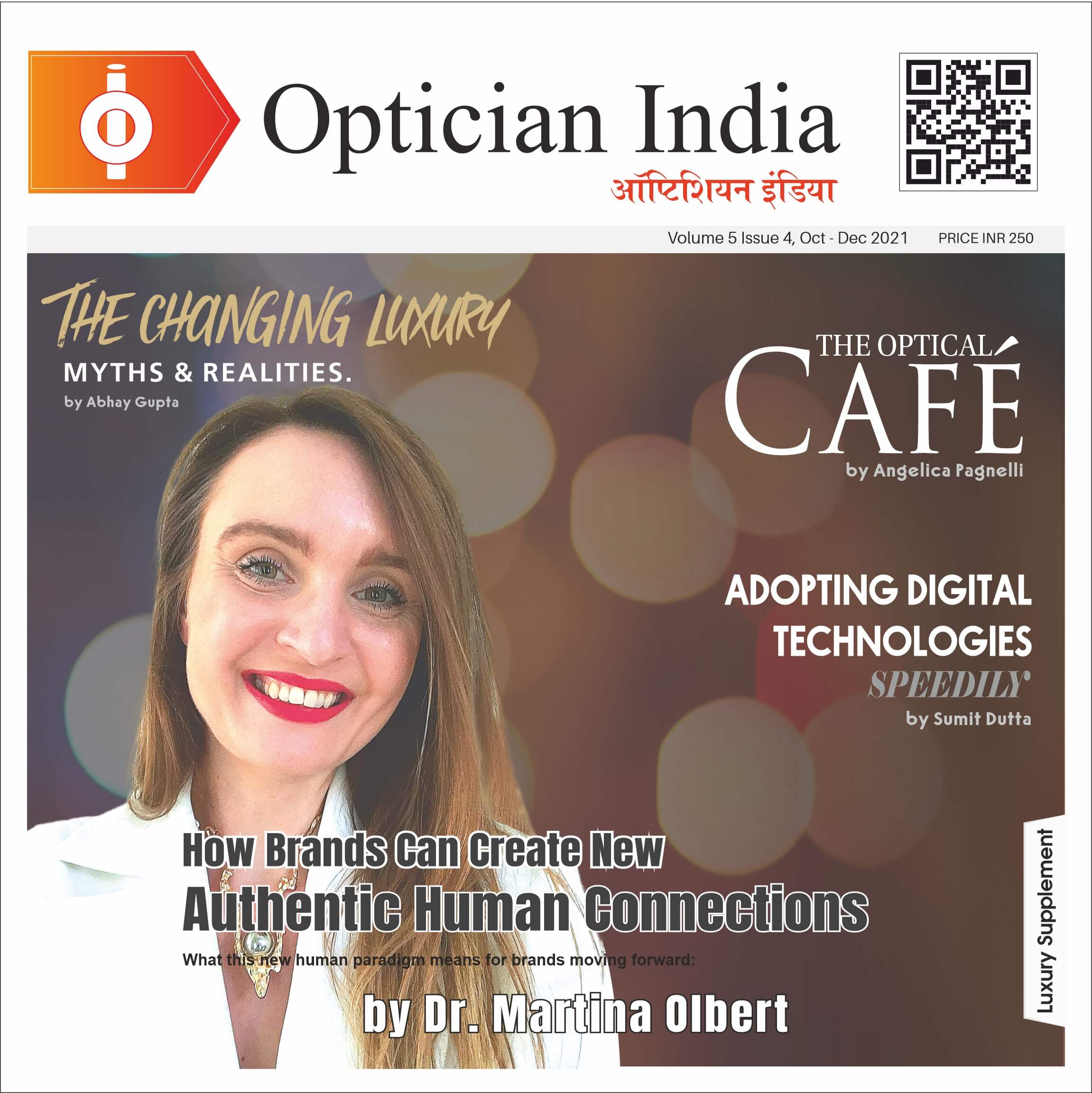
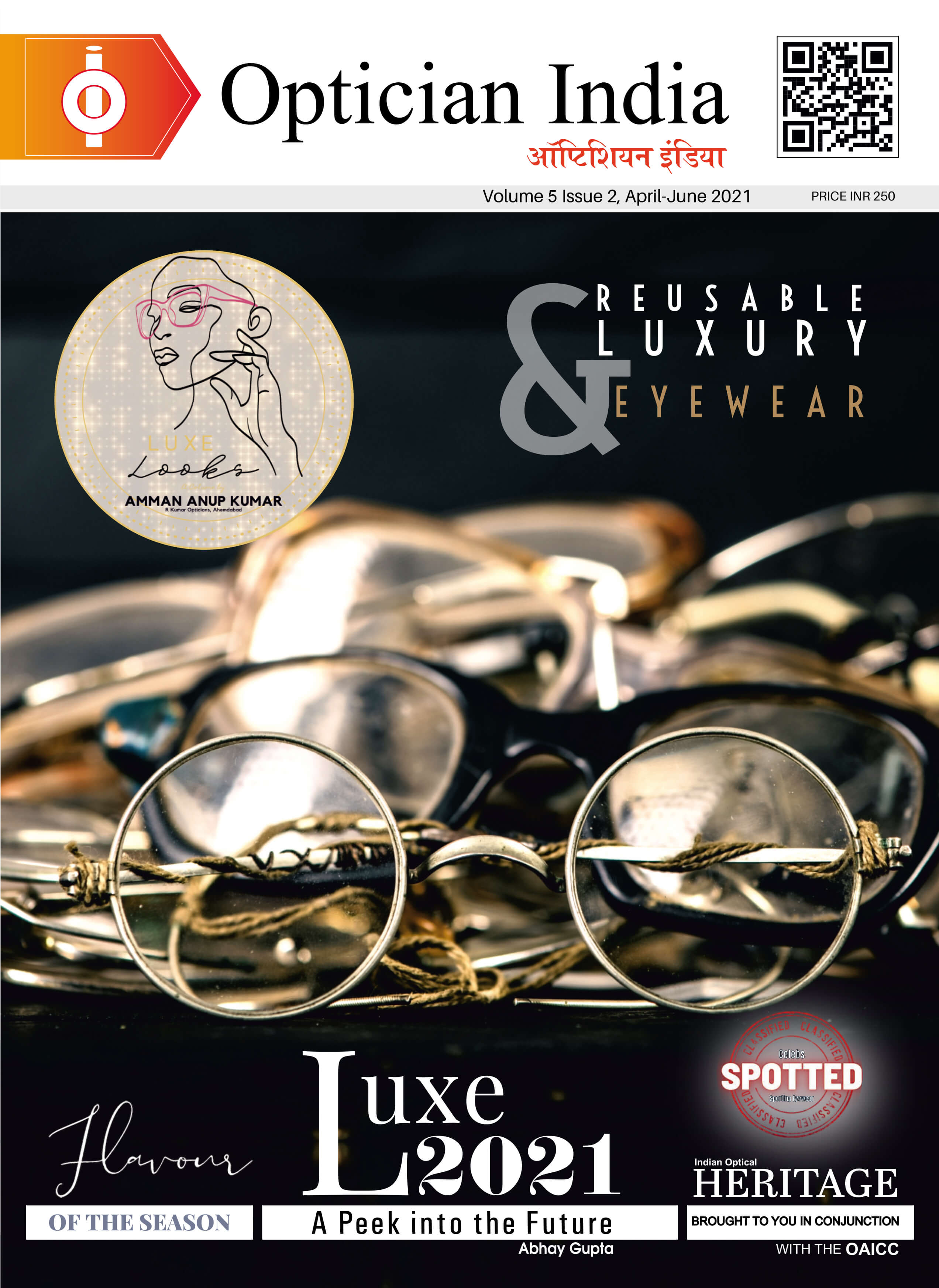
.png)
